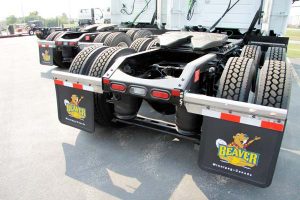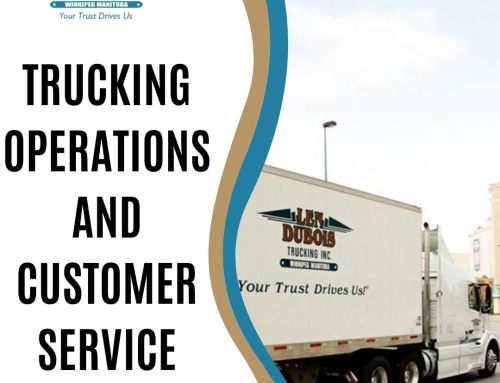 Slide Your Fifth Wheel
Slide Your Fifth Wheel
Generally speaking, once you set your fifth wheel you don’t need to move it again. But sometimes you need to take weight off your drives – when you can’t slide your trailer tandems any further up.
When you slide your fifth wheel you’re only moving weight between your drive axles to your steering axle. Sliding your fifth wheel does not affect your trailer tandem weight. Drivers commonly set up their fifth wheel so that on a heavy load the steer axle carries around 12,000 lbs to 12,500 lbs.
In most states you can carry a max of 20,000 lbs on a single-axle. Your steer axle counts as a single-axle. It would be dangerous to max out your steer axle at 20,000 lbs so don’t do that. But if your in a pinch you can usually move 1,000 lbs, or so, onto your steers to legalize a load. If you do this, your truck will handle different and adding more weight is also hard on the steer axle and tires, so take it easy. Reduce your speed and be cautious until you get used the handling with the added weight up front. Safety, safety, safety.
Simple How To
First, set your breaks including your trailer brakes. Dolly down your trailer landing gear. You need to take a lot of weight off the fifth wheel and you’ll need to keep cranking once the feet hit the ground.
Next you’ll release the fifth wheel lock. It’ll look different on every make of truck but it’s usually an icon of a truck with a double arrow going front to back.
Now get out an physically see if the fifth wheel pin has released. You’ll see the pins come out quite a bit if they have. Take note of what they look like before you begin so you’ll notice the difference. If they didn’t release, go back into the truck and release the tractor breaks and gently rock the truck back and forth to release the pressure off the locking pins. Once again, go check to see if the pins have released.
Once the locking pins release, carefully and gently move the truck backward or forward. If you need weight slid to the steer axle you’ll reverse and move the truck further under the trailer which moves the fifth wheel forward. If you need weight moved from the steers to the drives you’ll move forward which slides the fifth wheel backwards.
Each notch on the fifth wheel track will generally move around 500 lbs. They are also much closer together than the holes on your trailer so it may take a few tries to get it exactly where you want it. Watch your distance between the head of the trailer and the rear of the cab. You can move the fifth wheel too close to the cab which will result in the corner of the trailer hitting the cab when you’re turning.
Once you’ve moved the fifth wheel to where you want it, lock the pins and rock the truck back and forth again to ensure they locked into place. Then set the tractor breaks and physically see that the pins are locked in.
Once you know they’re locked in, dolly up the trailer landing gear and hit the scales to re-weigh.
Unless you’re in a new truck the fifth wheel will be a little tough to slide because it isn’t slid often. Corrosion and debris build up on the track. This makes it tricky. Be patient and be careful. And remember to always see with your eyes that the pins are locked in once your done.





